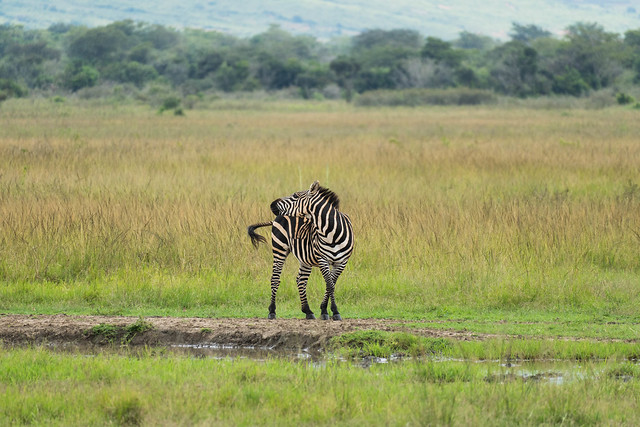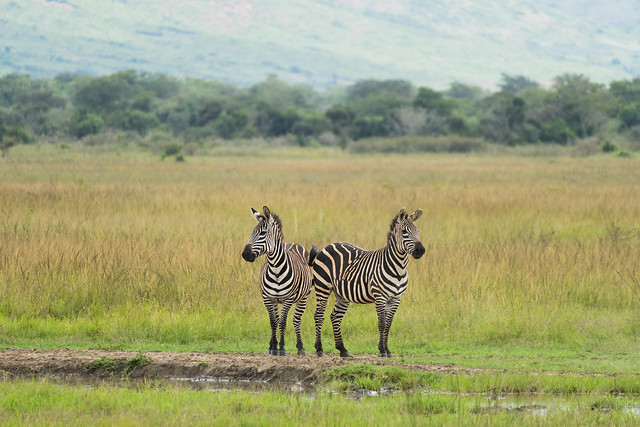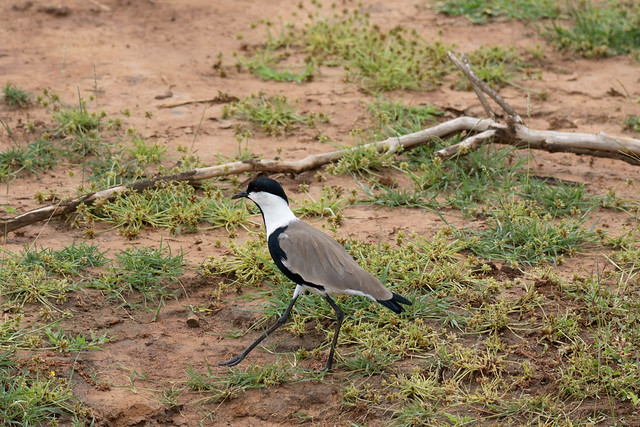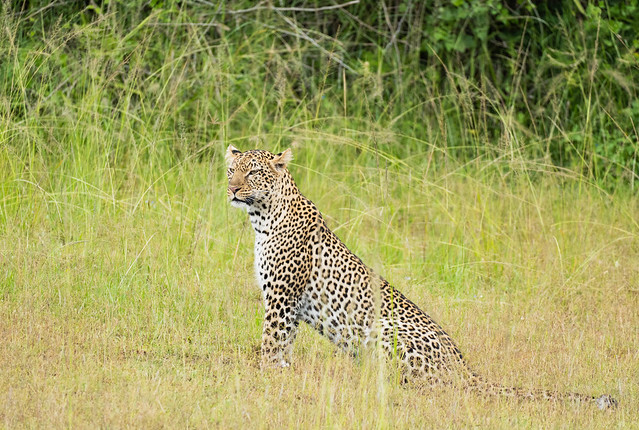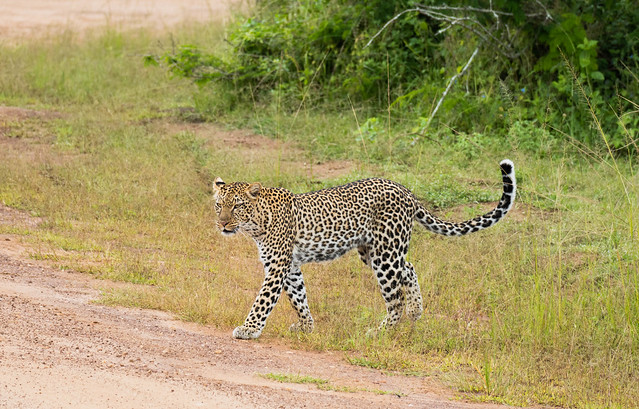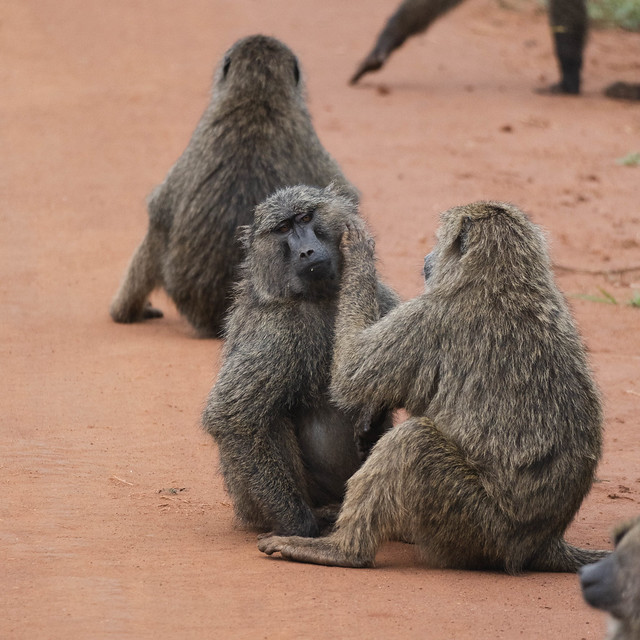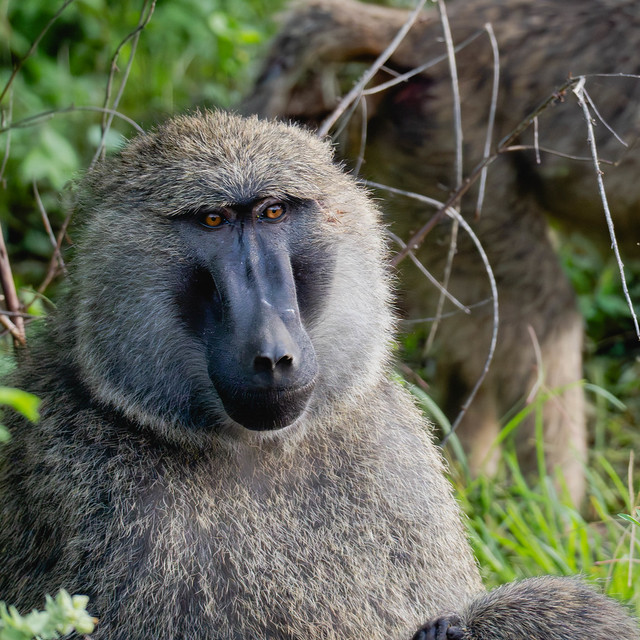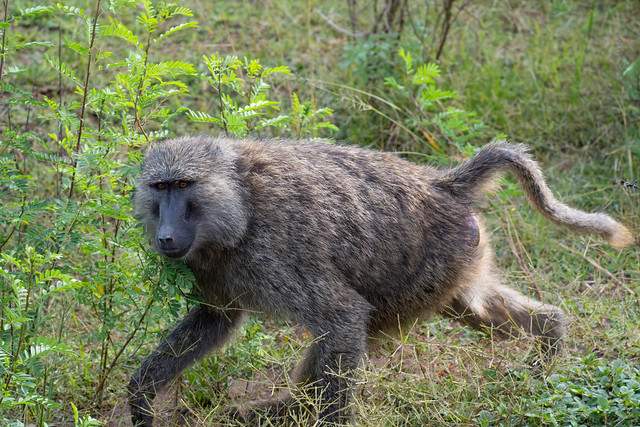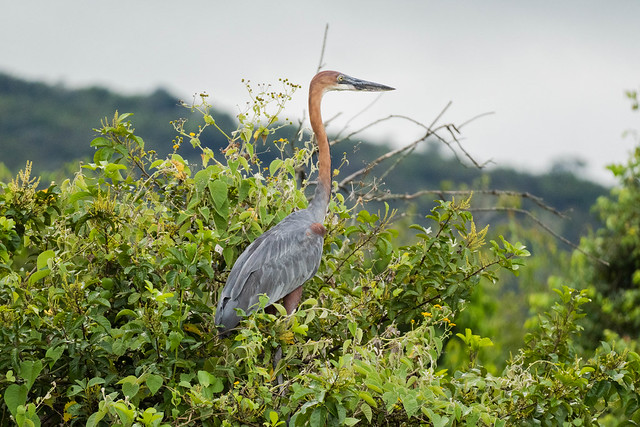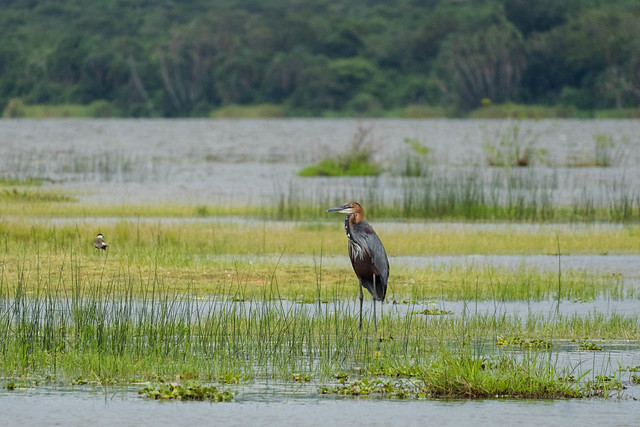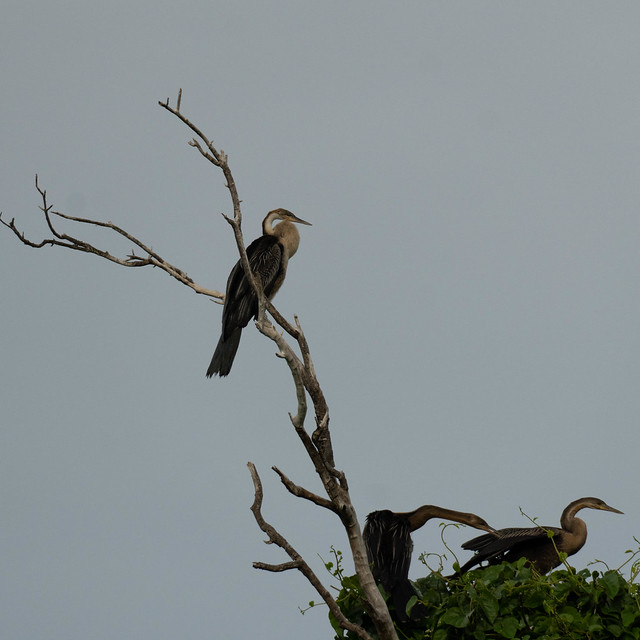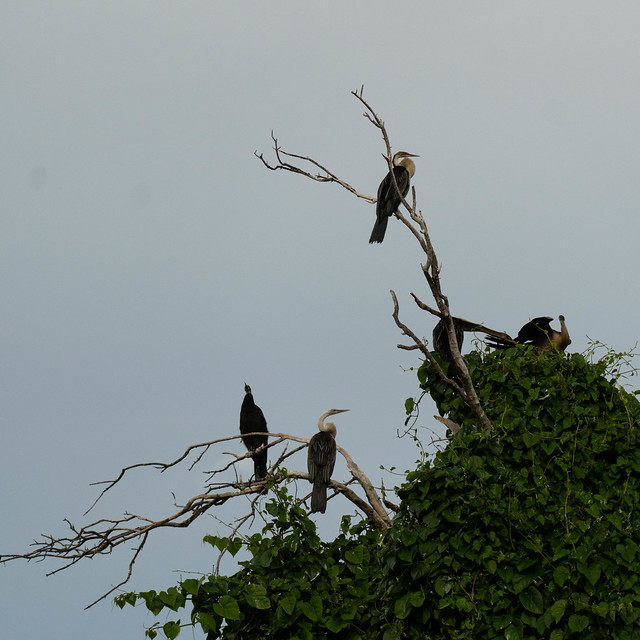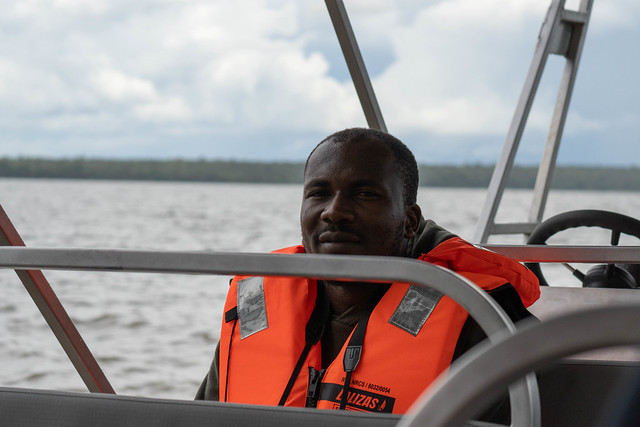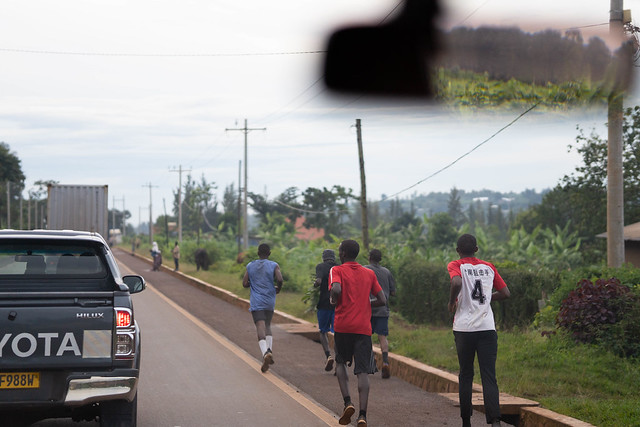We went on a day trip to Akagera National Park during the week in Rwanda. Early May was the end of the rain season and the dry season is usually between June to August. There are more animals on the safari during the dry season.
We departed from our hotel at around 6:30am in the morning, and heading towards the park, which was 2 hours away from Kigali. Our driver was from Uganda, and he drove from Uganda to Rwanda last night. The driver’s seat was even on the right side (like the UK).
East African countries had a unified car plate system, with the first letter indicating the country. For example, Rwandan cars start with an R, Ugandan with a U, and Kenya with a K.
We chose to do a game drive on the safari and a boat ride on Lake Ihema for the day. It was not a lot of time to be spent in the park. We arrived at the park at around 10am and we could only do a 2-hour game drive. Also it was in the middle of the day, and animals were not as many compared to dawn and dusk. If you have more time, I highly recommend to loosen your schedule a bit and stay at the resort in the park for an extra day, so that you can catch more exciting moments.
Before entering the park, we already started seeing wild animals. The first animal we saw was a giraffe.
At the time we were there, the park still required negative COVID tests to enter. It was a little inconvenience since the tour guide didn’t inform us about this rule. But fortunately it was all resolved at the gate.
Akagera National Park is on the east side of Rwanda, bordering Tanzania. During the civil war, the animal population took a significant hit, and gradually recovered since 2010. A few species were re-introduced from neighboring countries.
Zebras were the most seen animals on the safari. They were standing at various angle outwards and forming a circle. I was guessing they were being vigilant about surrounding predators.
The highlight moment of our 2-hour game drive was seeing a leopard hiding in the bushes under a tree. The ranger saw it first. The big cat then walked in an open grass area. Even the ranger took out his cell phone to shoot a video. This was when you realized it was a truly rare moment. Leopards are nocturnal and often hiding themselves in trees and bushes. The ranger said he would barely see one every three months.
I had to turn on manual focus as the grass was high and the camera kept focusing on the grass. Finally, the leopard looked at us and the timing was just perfect.
Baboons are one of the few primates living on the safari by large numbers. They live in troops. They stay vigilant and watch out potential dangers for other animals. At rest, they pick fleas off each other in a grooming ritual.
After the game drive, we had lunch at the Akagera game lodge in the park, near Lake Ihema.
After lunch, we went on a boat ride in Lake Ihema. We bumped into our tour guide that brought us to the Volcanoes National Park to see gorillas a few days ago. He brought two other guests to the boat, who were also guests of our hotel.
There was a heavy rain shower when we arrived the lake marina, but luckily the rain stopped in half an hour.
Shooting wildlife photos on a boat was a real challenge. I needed a shutter speed of 1/1000 to 1/2000 to freeze the motion from the animals, my hand, and the boat.
First into the scene, there was a big Goliath heron flew around the boat and stopped on a tree branch.
Hippos often stay underneath the water, with only their eyes above the water. They can walk under the water to reach the other side of the shore.
It was hard to catch a moment when they yawned and breathed. Moreover, the autofocus messed with the water ripples as they had a higher contrast than the hippo.
The lake boasted many bird species. We entered a bird wonderland. Thousands of birds were resting on the tree branches — mostly African darters, also called the snakebirds.
After the boat ride, we were ready to head back. It was another 2.5 hour drive back to Kigali. All of us were very tired and some fell asleep.
This marked a day of stress testing of my 70-350mm f4.5-6.3 (105-525mm full frame equivalent) telephoto lens. I was happy with the results as a novice wildlife shooter. The gorilla trip was basically shooting “portraits” so today was the real first-time wildlife shooting. The photos were super sharp when zoomed in. But due to low light situations on the lake and the requirement of a fast shutter speed, I wished it was a faster lens. However, this was the compromise for portability that I had chosen. I bursted over 1,500 shots in a single day.
On our way back, I shot some street photos in the car using my 56mm lens (84mm full frame equivalent).

